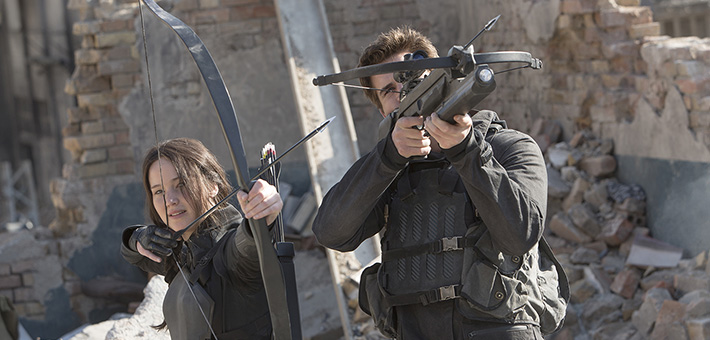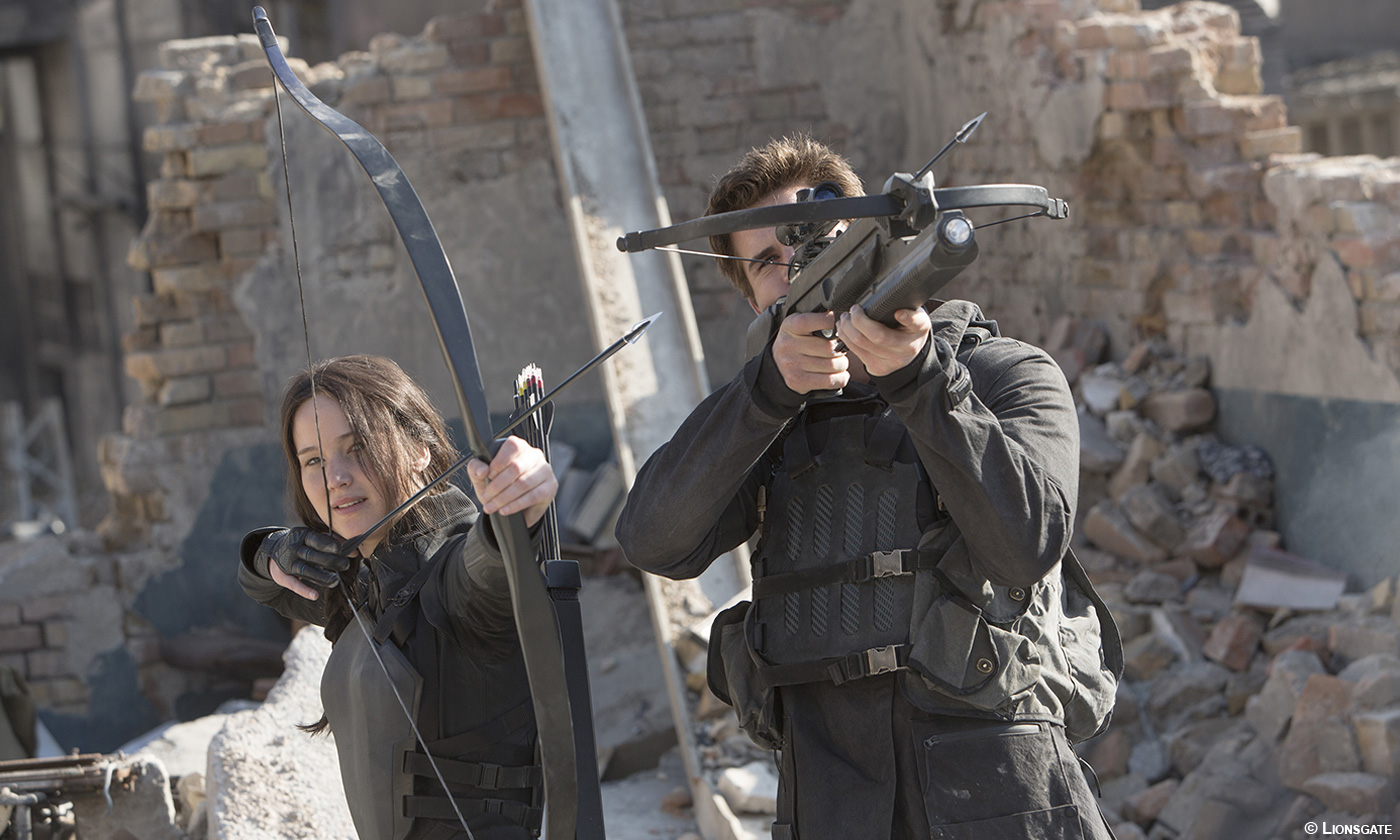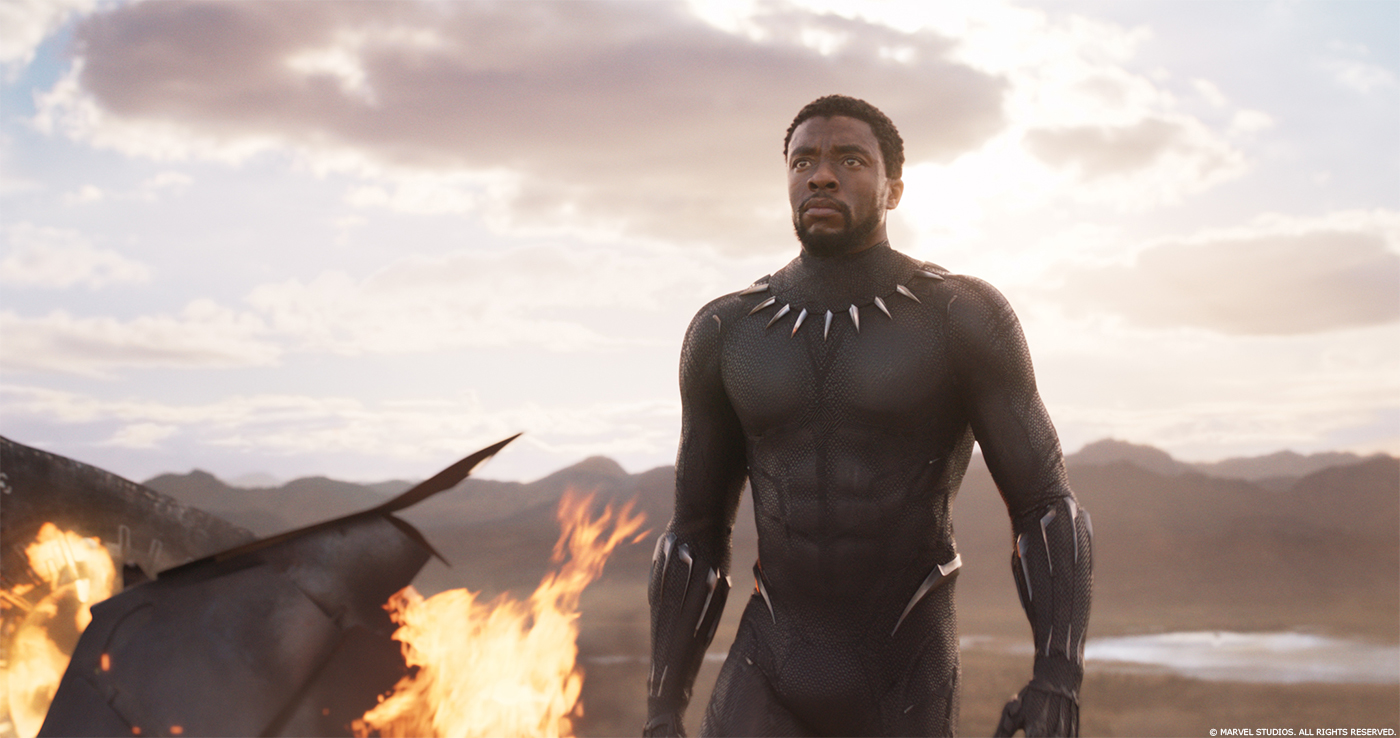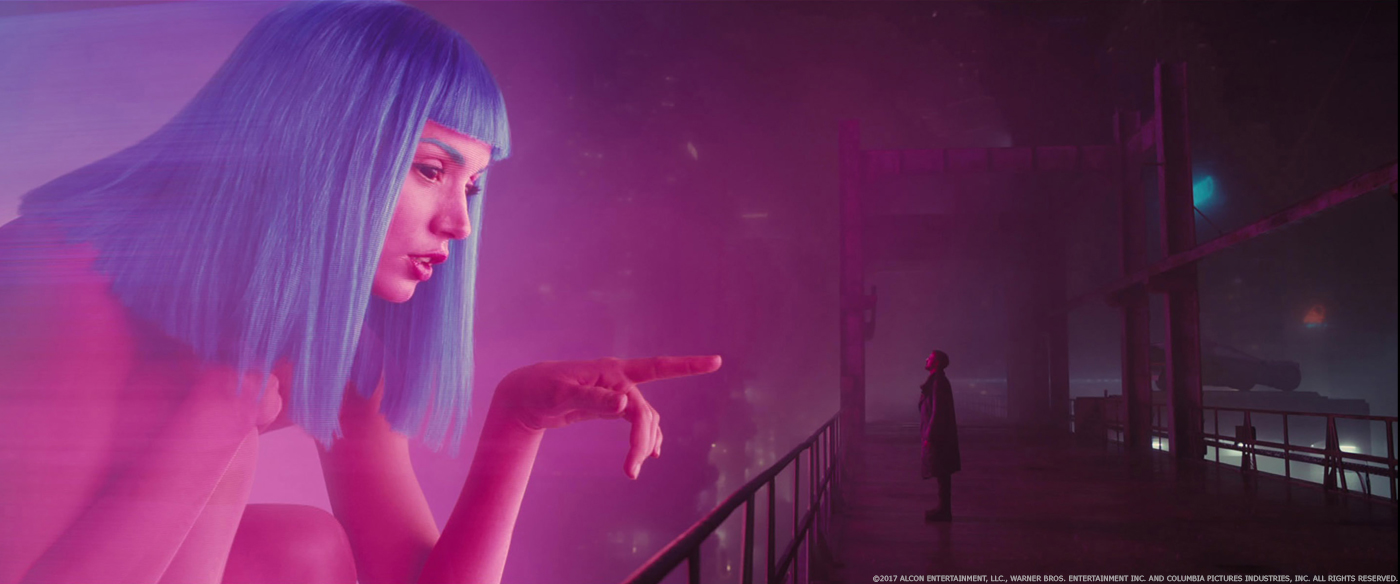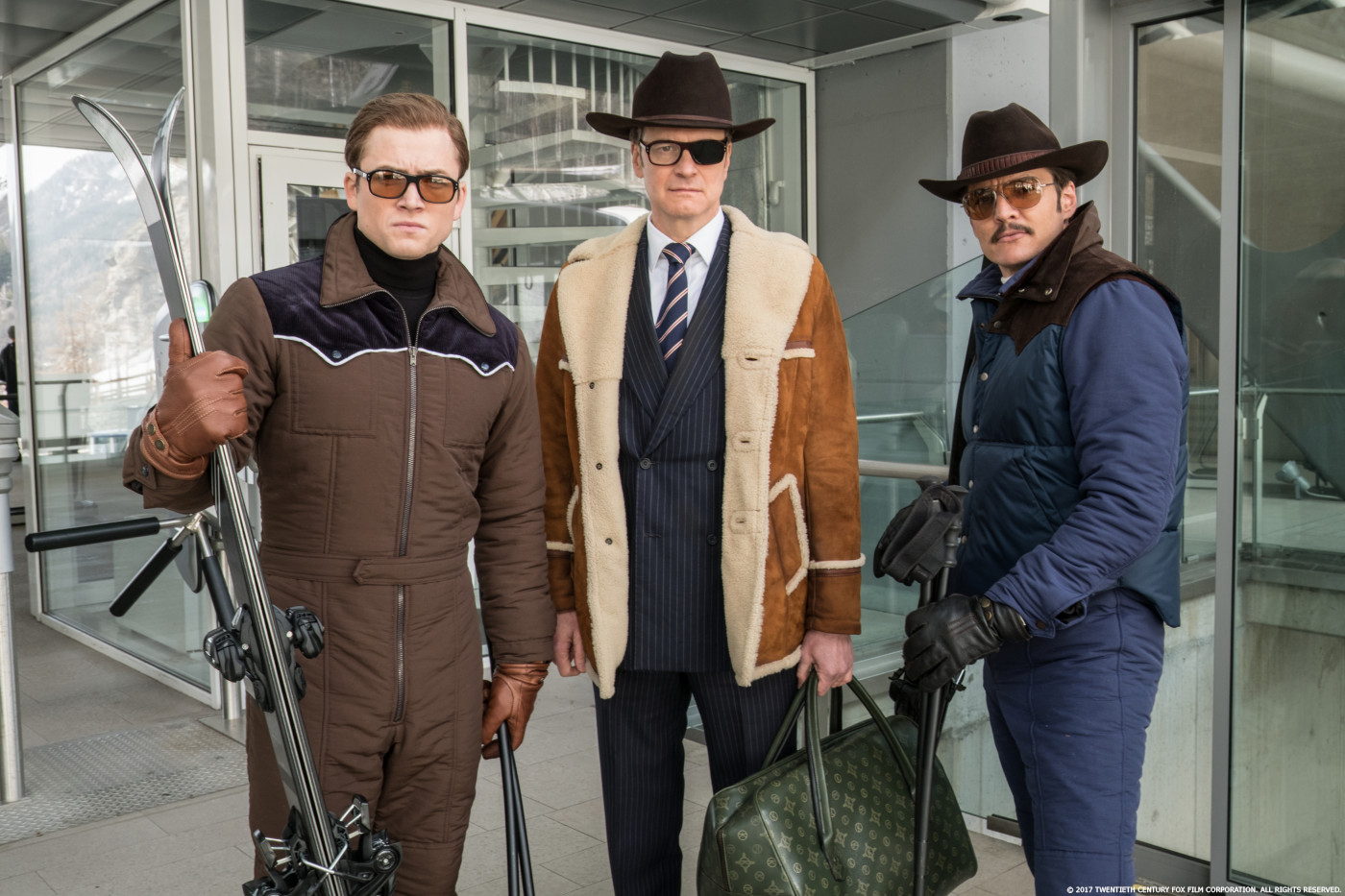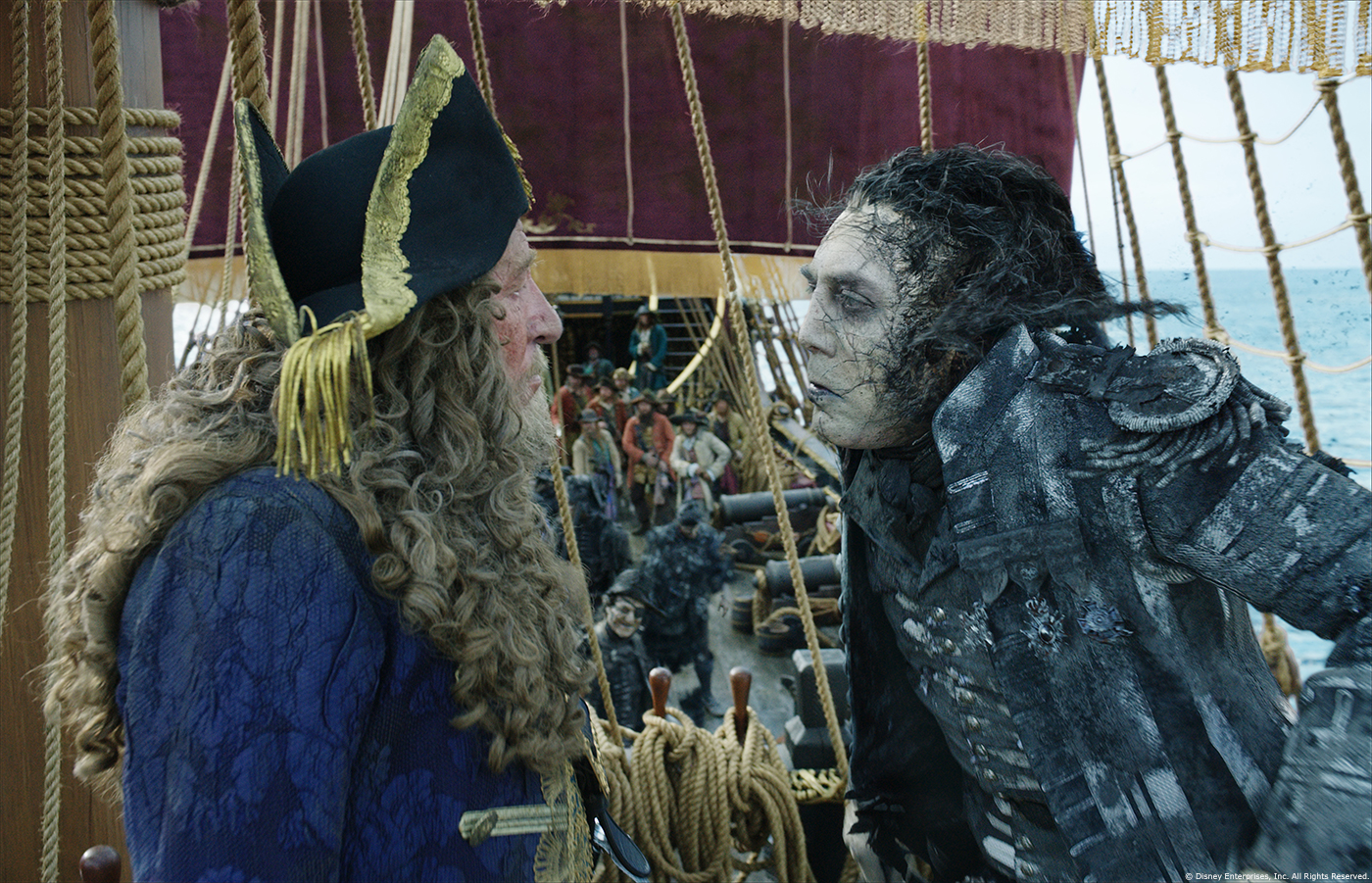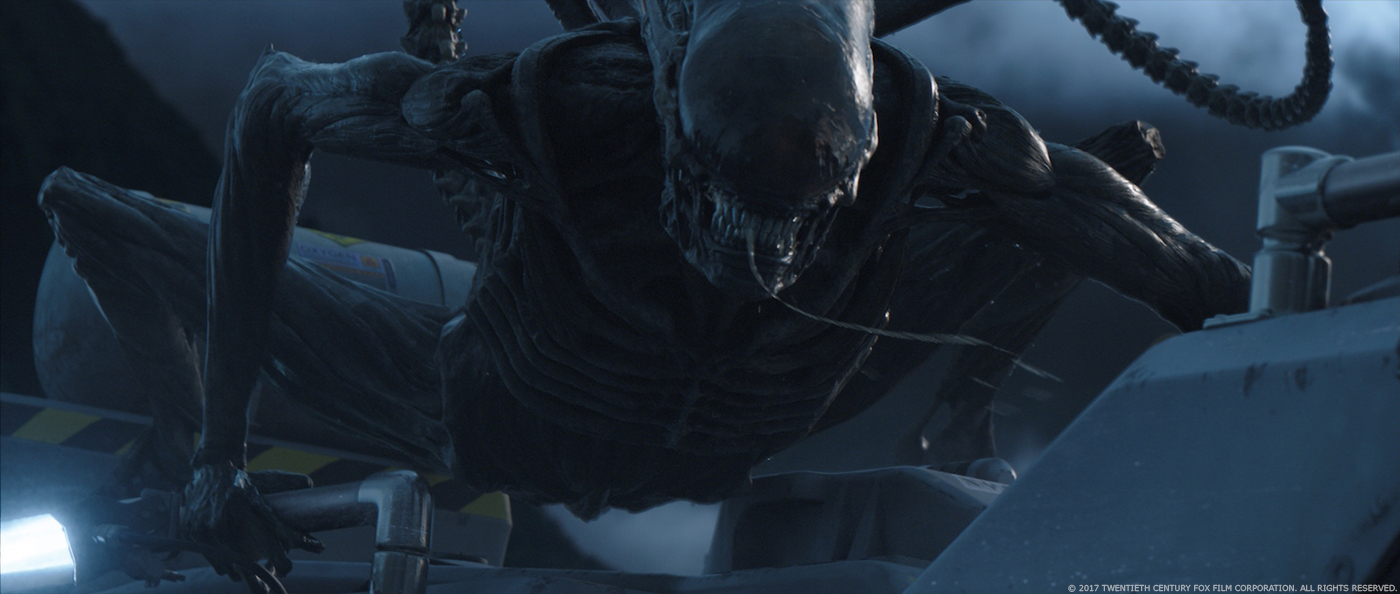Charles Gibson began his career in the visual effects by working on numerous TV series. In 1987, he founded Rhythm and Hues with John Hughes, Pauline Ts’o, Keith Goldfarb, Cliff Ball and Frank Wuts. He will work there for a decade. Then he became freelance VFX Supervisor and will handle films like THE TERMINAL, the PIRATES OF THE CARIBBEAN or TERMINATOR SALVATION. He won two Oscars for best visual effects, the first on for BABE and the second for PIRATES OF THE CARIBBEAN: DEAD MAN’S CHEST.
What is your background?
I’ve been a visual effects supervisor for quite a few years. I was one of the founders of the studio Rhythm and Hues. I left that company after ten years to work directly with film productions. I received the Academy Award for Visual Effects two times and was nominated two more times: for my work on BABE and three PIRATES OF THE CARIBBEAN movies.
How did you got involved on this show?
I met Francis Lawrence years ago when he was starting the project CONSTANTINE. His regular supervisor was unavailable for this film. Francis remembered me and gave me a call.
Can you tell us more about your collaboration with director Francis Lawrence. What was his approach about the visual effects?
Francis is very experienced in all aspects of visual effects. So we focused first on how he wanted to shoot the movie: Francis wanted a naturalistic look and feel to the movie which was largely viewed through the eyes of Katniss. This translated into using natural light, mostly hand held camera with very long takes, and shooting in existing, organic locations with natural atmosphere. The effects would always have to integrate into the photography rather than bending the photography to fit with the effects.
What was you role on this show?
I was the senior visual effects supervisor. During prep I worked with the production to decide where we would use visual effects, how they would be photographed, how we would work in conjunction with the other departments. How they would be photographed. During the production I was either present on set to guide the filmmakers or shooting additional material in parallel with the principal photography. In post-production I continued to supervise the work of eight outside facilities and an in-house VFX team.
Can you describe one of your day on-set and then during the post?
On set: The nature of my day varied. Usually I’ll stand with the director and D.P. to make sure we’ve covered the VFX plates and elements properly. I’ll make sure our data wranglers get everything our vendors will need in post – or we’ll make notes to come back and get additional texture photos, LIDAR scans, survey data, etc. But since I was the second unit director I wasn’t always able to be resent during the main shoot. In those cases our vendor supervisors came to location to work with our on-set data team.
What was the main challenges with these various set extensions?
Several challenges: Many of the set extensions were to existing locations, some of them already in a state of decay, most of them highly textured. We were able to LIDAR scan the locations – which was essential but the extensions themselves were quite detailed. The lenses we used – vintage Panavision anamorphics from the 1970’s – distorted, flared and softened the image in very particular ways that needed to be precisely matched. And the heavy use of smoke, dust and backlight – viewed through these lenses – also needed to be matched.
Can you tell us more about the Hovercraft creation?
The hovercraft was a huge part of the universe and something that Francis was concerned about from the start. Francis was very keen on shooting long, all-in-one takes with handheld camera where the Hovercraft could enter the frame, land, and the actual actors could disembark and walk straight into a close-up. There are many ways to achieve this, of course, but Francis wanted everything to feel as real as possible – not just the VFX, but for the actors, too. I proposed that we build a lightweight interior Hovercraft set piece suspended from a crane with a one-axis inverted gimbal: The interior would actually move through space, we would able to see the real actors inside, the technology was relatively simple and predictable. We also added high powered electric fans to the rig to blow dust and debris as the hovercraft landed.
Once the set piece touched down safely, the actors could walk down a blue screen ramp and continue the scene without the camera cutting. Double Negative created a very detailed, high-resolution exterior “skin” for the hovercraft which was match moved onto the set piece, integrated into the scene (under the dust and debris). That was the basic technique we used for those shots.
The Embassy VFX in Vancouver handled the interior shots of the hovercrafts parked in the underground hangar, which we all thought were very nicely rendered. Those scenes were shot in a fairly small space with a concrete floor and some blue screen walls without very much light on them.
Can you tell us more about the bombing of District 8, where Katniss and Gale shoot down the Government Hovercrafts with arrows?
That was some fantastic work by Double Negative – and accomplished very quickly! We shot the plates for that sequence near Berlin, Germany and in Atlanta, Georgia. The production photographed starter practical effects on set as cues for the actors but the actual bombings, destruction and fiery aftermaths were a combination of Dneg’s simulations and medium-to-large-scale pyrotechnic elements photographed specifically for the sequence.
How did you design the look of the Capitol by night at the end of the movie?
The layout of the capitol was taken directly from CATCHING FIRE – the same digital city. The very dark look of the night photography was Francis’ idea. He wanted to go VERY dark with it. He wanted to keep it realistic, and felt that traditional night-time looks in movies tend to look theatrical and a bit fake.
The outside aspect of the buildings reminds me ESCAPE FROM NEW YORK. Was that a reference?
I didn’t think about it until you mentioned it, so – no.
Did you need to use CGI for Philip Seymour Hoffman?
Not at all. He was finished with his work for MOCKINGJAY 1 and nearly finished with his work for MOCKINGJAY 2 when he passed away. The second film has been been rewritten so that we won’t have to create any digital Phillip Hoffman.
Did you want to reveal to us any invisible effects?
Well, sometimes the VFX department is called in for unexpected reasons. For example, early in the movie there’s a scene where Katniss and Gale go hunting outside of District 13. They spot an Elk in the forest but decided not to shoot it. So it turns out, it’s not so easy to find an Elk in Georgia. And he doesn’t come to you. You go to him. So we went to the Elk with a blue screen, hung around all day until the light matched, photographed him with the correct lenses at some different frame rates, and composited him into a few shots. I think the effect is pretty invisible.
How did you split the work amongst the various VFX studios?
I don’t like to break up sequences if I can avoid it. I ’d rather have one studio own most of the shots in a particular sequence if possible. Francis was quite happy with Double Negative on CATCHING FIRE and was eager to work with them again; I’m a big fan of their work so they were the principal vendor handling most of district 12, district 8, hovercraft and the capitol shots. I’d worked with MPC before and was very happy to have them handle the district 13 collective sequence and the District 7 Lumberjack Revolt sequence. I’d worked with Scanline previously and I though they’d be great for the District 5 dam destruction sequence. I’d always wanted to work with The Embassy VFX and finally got my opportunity. Pixomondo handled the rest of District 13 – the living quarters, the stairwell sequence – as well as the District 8 and District 11 public execution sequences, very nice work all around. WhiskyTree did some beautiful establishing shots for the District 7 lumberjack sequence, and Rising Sun composited the infamous Elk and created the disastrous virtual “Propo” that prompted Katniss to go out into the field. Our in-house department composited hundreds of other “invisible” shots – mostly sweetening, some editorial fixes, paint-outs – that sort of thing.
The studios are around the world. How did you follow the work?
We have a great team of coordinators that keeps everything organized as the material flows in over Aspera. We review the shots every day, get notes out quickly. If necessary we cineSync in the morning or the evening (depending on the time zone). It gets crazy as you near delivery but the system works.
Was there a shot or a sequence that prevented you from sleep?
It was a very short post-production schedule, so most of the shots prevented us from sleeping. It was a difficult delivery and we had to push hard to the very end.
What do you keep from this experience?
It was difficult to make two movies together (We shot MOCKINGJAY 1 and 2 at the same time). I would handle things differently if I had to do it again.
How long have you worked on this show?
Since June, 2013.
How many shots have you done?
About 950.
What was the size of your team?
Our department: 2 Producers, 4 On-set Staff, VFX Editor, 4 Compositors, 1 Supervisor, and 3 Coordinators.
What is your next project?
MOCKINGJAY PART 2.
What are the four movies that gave you the passion for cinema?
THE GODFATHER, 2001, STAR WARS and VOYAGE INTO SPACE.
A big thanks for your time.
© Vincent Frei – The Art of VFX – 2014

